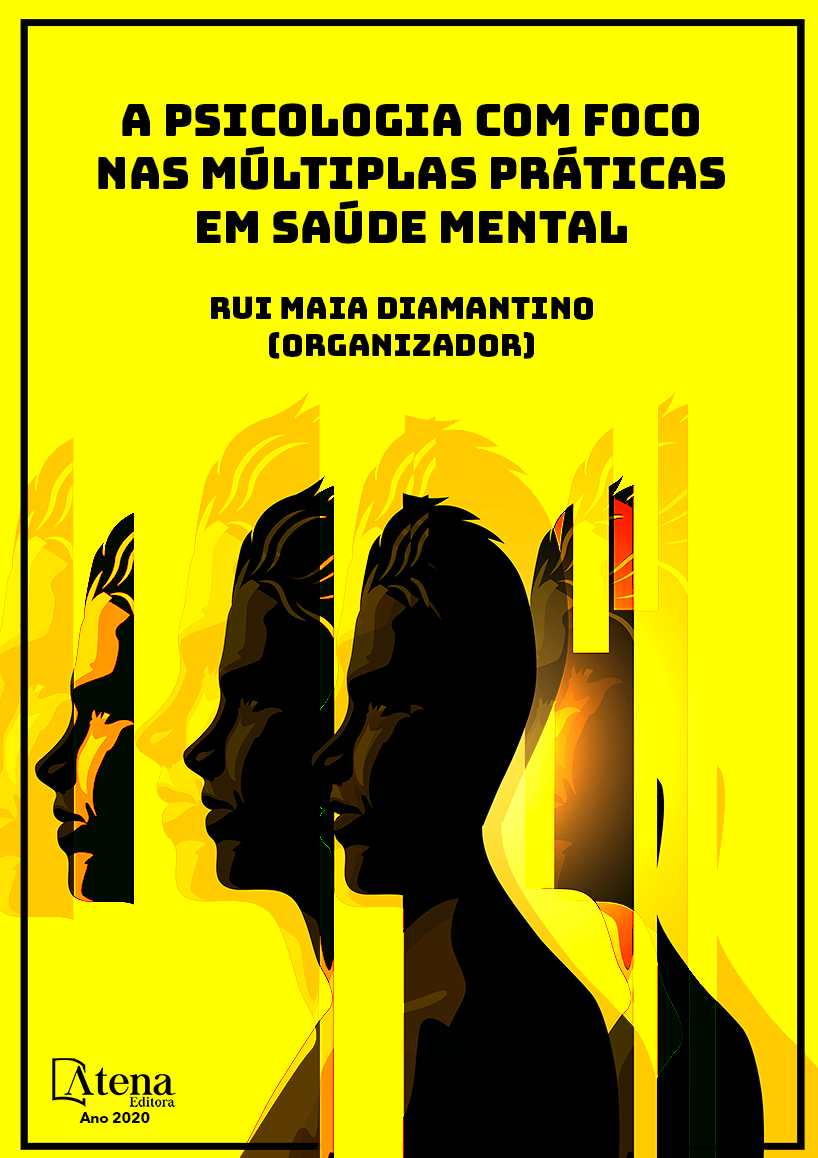
CARACTERIZAÇÃO DE AMOSTRA E PERFIL NEUROPSICOLÓGICO DE PACIENTES COM EPILEPSIA FÁRMACO-RESISTENTE.
A Epilepsia é a doença neurológica
crônica de maior incidência no mundo e 30%
dos quadros são refratários ao tratamento
medicamentoso. O objetivo deste trabalho
foi realizar a caracterização da amostra e
traçar o perfil neuropsicológico dos pacientes
submetidos à avaliação neuropsicológica do
centro de Cirurgia de Epilepsia de São José
do Rio Preto (CECEP). Foram selecionados
55 pacientes avaliados no período de agosto
de 2016 a agosto de 2017 pelo serviço de
neuropsicologia em um Hospital Escola.
Os instrumentos utilizados foram: Wechsler
Memory Scale (WMS); Rey Auditory-Verbal
Learning Test (RAVLT); Escala de Inteligência
Wechsler Abreviada (WASI); Boston Naming
Test (BNT); Trail Making Test; Five Digital Test
(FDT); Provas de fluência verbal fonêmica e
categoria semântica (FAS) e Mini International
Neuropsychiatric Interview - entrevista
diagnóstica padronizada para rastreio de
Transtornos Psiquiátricos do Eixo I do DSM
IV. A média de idade da amostra 32,90%
anos, 60% do sexo masculino e 40% do sexo
feminino. Em relação a escolaridade 3,63%
eram analfabetos; 49,09% apresentaram
ensino fundamental incompleto; 5,45% ensino fundamental completo; 10,90% ensino
médio incompleto; 20% ensino médio completo; 1,81% ensino superior incompleto;
9,09% ensino superior completo e 1,81% ensino técnico. Em relação à lateralidade da
memória 12,72% não apresentou reserva de memória bilateral; 52,72% apresentou
reserva bilateral; 30,90% reserva à direita e 3,63% reserva a esquerda. A amostra
apresentou QI 38,18% extremamente baixo; 25,45% limítrofe; 25,45% médio inferior;
7,27% médio; 1,81% médio superior; 1,81% superior. Nota-se a variedade diante da
caracterização o que aponta o fato da doença não apresentar um perfil de população
atingida. Sendo assim o impacto da epilepsia não é determinado apenas pelos aspectos
clínicos da doença como freqüência e gravidade das crises, fatores psicológicos e
sociais também acarretam grande prejuízo na vida do paciente.
CARACTERIZAÇÃO DE AMOSTRA E PERFIL NEUROPSICOLÓGICO DE PACIENTES COM EPILEPSIA FÁRMACO-RESISTENTE.
-
DOI: 10.22533/at.ed.8442019024
-
Palavras-chave: crise epiléptica, epilepsia refratária, cirurgia, avaliação neuropsicológica.
-
Keywords: epileptic seizure, refractory epilepsy, surgery, neuropsychological assessment.
-
Abstract:
Epilepsy is the most common chronic neurological disease in the world
and 30% of the cases are refractory to drug treatment. The objective of this study
was to characterize the sample and to draw the neuropsychological profile of patients
undergoing neuropsychological evaluation at the São José do Rio Preto Epilepsy
Surgery Center (CECEP). We selected 55 patients evaluated from August 2016 to
August 2017 by the neuropsychology service in a teaching hospital. The instruments
used were: Wechsler Memory Scale (WMS); Rey Auditory-Verbal Learning Test
(RAVLT); Abbreviated Wechsler Intelligence Scale (WASI); Boston Naming Test (BNT);
Trail Making Test; Five Digital Test (FDT); Phonemic verbal fluency and semantic
category tests (FAS) and Mini International Neuropsychiatric Interview - standardized
diagnostic interview for DSM IV Axis I Psychiatric Disorders screening. The average
age of the sample was 32.90%, 60% male and 40% female. Regarding education
3.63% were illiterate; 49.09% had incomplete elementary school; 5.45% complete
elementary school; 10.90% incomplete high school; 20% complete high school; 1.81%
incomplete higher education; 9.09% complete higher education and 1.81% technical
education. Regarding memory laterality, 12.72% had no bilateral memory reserve;
52.72% had bilateral reserve; 30.90% reserve on the right and 3.63% reserve on the
left. The sample had an extremely low IQ 38.18%; Borderline 25.45%; 25.45% lower
average; 7.27% average; 1.81% higher average; 1.81% higher. Note the variety in face
of characterization which indicates the fact that the disease does not have a profile of
affected population. Thus, the impact of epilepsy is not only determined by the clinical
aspects of the disease such as frequency and severity of seizures, psychological and
social factors also cause great damage to the patient’s life.
-
Número de páginas: 13
- Samira Maria Fiorotto
- Karina Kelly Borges
- Larissa dos Santos Aleixo


